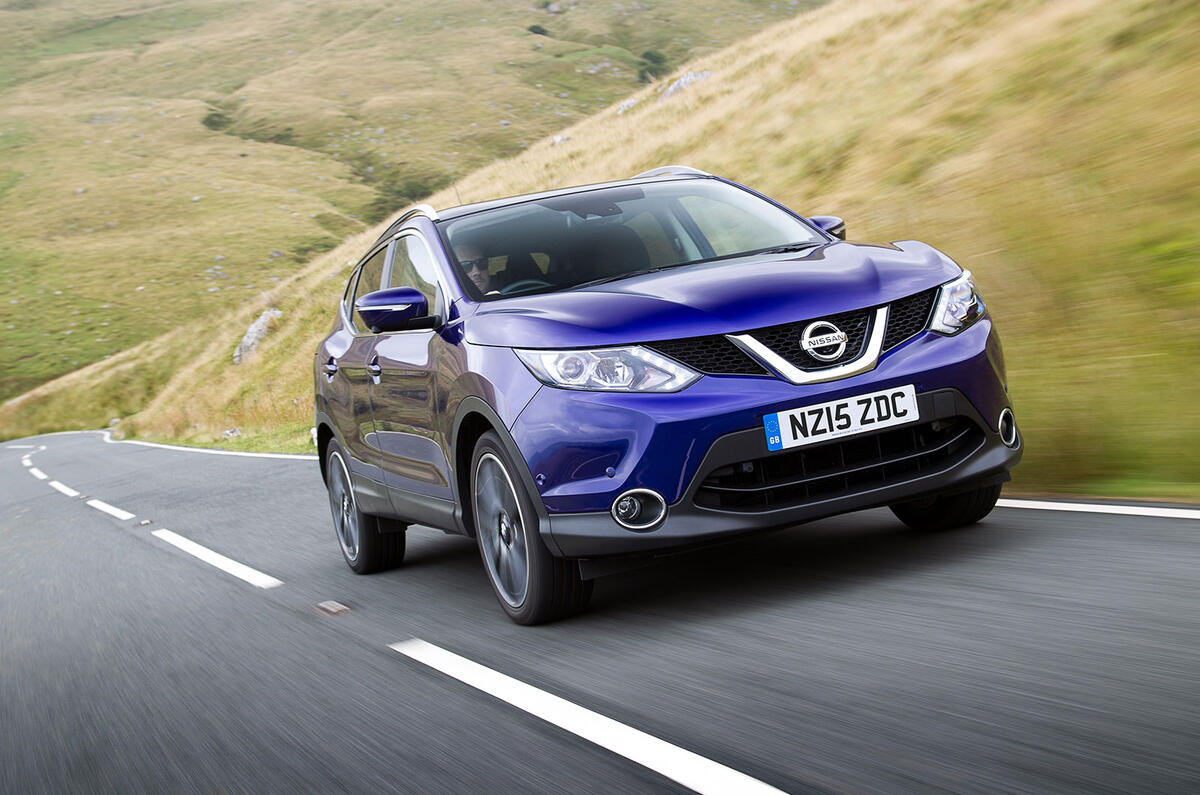Nissan will introduce autonomous technology into its model line-up by 2017, according to the vice president of vehicle design and development, David Moss.
Testing of the technology is under way, and while it will initially be used to enhance safety features, it will lead to a fully autonomous car that utilises the manufacturer’s electric technology.
“The next big thing for us is autonomous tech,” Moss said. “Nissan isn’t about making cars that drive themselves, what it’s about is building on the advanced features we have on the car, like the driving assistance aids.
“We will bring in technologies that improve safety but take away the less attractive bits of driving, like sitting in traffic jams. But we don’t want to take the fun out of the cars.
“It will initially work in single lane ‘traffic jam mode’ up to a certain speed, then the next thing – which will only be a few years after – will be to take it to ‘highway mode’ where we bring in multi-lane capabilities so the vehicles have the ability to decide to change lanes,” he added.
Autonomous safety features could debut in Nissan’s crossover line-up, but Moss confirmed it will eventually filter down to the entire model range, and, while the technology may be pitched towards the top-end of the crossover trim levels at first, it would soon be made available to a bigger market further down the range.
“We will bring the technology not just to the premium buyers who buy the top-spec models, but to a wider audience.
“It’s going to come to the market in stages, because user acceptance is something that builds over time,” he said.
Moss confirmed that Nissan’s commitment to its “zero-emissions strategy” means that electric technology will be used in conjunction with autonomous tech to help ease the growing traffic density on roads and also to address the issue of worsening pollution levels worldwide.
“We think that’s what customers want because the population is getting bigger, the number of cars is increasing and we need to tackle how we can get the volume of traffic sorted,” he said.
“Autonomous features can do that, and when we combine that with our zero emissions strategy we can start to tackle the pollution side of it, too.”
Although Moss believes it will take time for consumers to become comfortable with autonomous technology, he said that older drivers could prove to be the biggest beneficiaries: “These features can help our ageing population keep their independence because they can drive in safety on the roads for longer.”





Join the debate
Add your comment
Behind the times
Mandatory options?
You forgot to mention cost